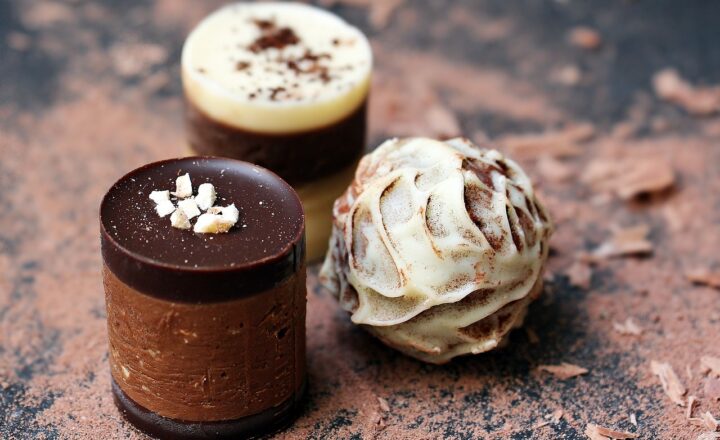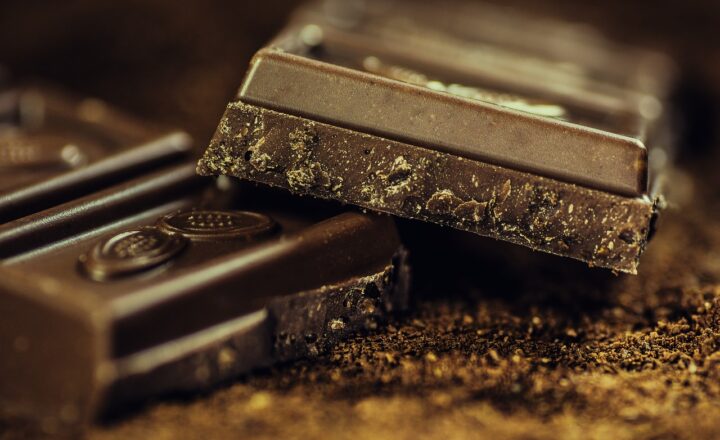
Chocolate is one of the most beloved treats worldwide, loved for its rich flavor and delightful texture. When it comes to chocolate, most people are familiar with two popular forms: chocolate bars and chocolate chips. While both originate from the same fundamental ingredients, the processes involved in making chocolate bars and chocolate chips differ significantly. In this article, we will explore the fascinating journey of how these two popular chocolate forms are created, dissect their ingredients, manufacturing processes, and taste profiles to understand what distinguishes them.
1. The Essential Ingredients of Chocolate
Regardless of the type of chocolate you are making, the basic ingredients remain largely the same. Here are the fundamental components:
- Cocoa Beans: The primary ingredient, cocoa beans, are fermented, dried, roasted, and processed to create cocoa mass (also known as chocolate liquor), cocoa butter, and cocoa powder.
- Sugar: Used to sweeten the chocolate, sugar can vary in type from granulated to powdered or sweeteners like Stevia for certain recipes.
- Milk (for Milk Chocolate): Essential for creating milk chocolate, milk can come in various forms like whole milk powder, condensed milk, or liquid milk.
- Emulsifiers: Ingredients like soy lecithin are often added to improve texture and prevent separation of cocoa solids and cocoa butter.
- Flavorings: Vanilla or other flavorings may be added to enhance the taste profile of the chocolate.
While these ingredients serve as the foundation for both chocolate chips and bars, the way they are processed and the proportions used create distinct products that cater to different culinary needs.
2. The Process of Making Chocolate Bars
Chocolate bars offer a variety of textures and flavors, carefully crafted during their production process. Here’s how chocolate bars are typically made:
Step 1: Harvesting and Fermenting Cocoa Beans
The journey begins at cocoa farms, where ripe cocoa pods are harvested. The beans are then extracted and fermented for several days. This fermentation process is crucial for developing the beans’ flavor complexity.
Step 2: Drying and Roasting
Once fermented, the beans are dried in the sun. The dried beans are then roasted to enhance their flavor; this step transforms the raw cocoa into the rich chocolate flavor we know.
Step 3: Grinding and Conching
After roasting, the beans are cracked open to release cocoa nibs, which are then ground into cocoa liquor. This liquor can be separated into cocoa solids and cocoa butter. The chocolate undergoes a conching process, which involves mixing and aerating the chocolate to refine its texture and flavor.
Step 4: Tempering
Tempering involves carefully heating and cooling the chocolate to stabilize the cocoa butter crystals, ensuring a glossy finish and smooth texture when cooled. This technique is essential for creating a perfect chocolate bar.
Step 5: Molding and Cooling
The tempered chocolate is poured into molds to create bars of various shapes and sizes. It is then cooled down, solidifying into the delightful chocolate bars that we enjoy.
3. The Process of Making Chocolate Chips
Chocolate chips, while made from similar ingredients, have a different manufacturing approach because they need to fulfill a unique purpose: being small, solid pieces that maintain their shape when baked.
Step 1: Mixing Ingredients
Chocolate chip production begins similarly with the same core ingredients but in different ratios. A higher cocoa butter content relative to cocoa solids is commonly used for chips. This difference allows for a more fluid chocolate base that can easily flow into molds.
Step 2: Melting and Adding Emulsifiers
The ingredients are melted together, and emulsifiers like soy lecithin are introduced to ensure the chocolate remains fluid and to help it maintain a uniform texture.
Step 3: Shaping into Chips
Unlike chocolate bars, where the chocolate is poured into molds, chocolate chips are shaped using a process called “dropping.” This involves dropping small rounds of chocolate onto a cooling conveyor belt, where they solidify and take their shape quickly.
Step 4: Cooling and Packaging
The chocolate chips are then cooled quickly to maintain their shape robust enough to withstand baking. Once cooled, they are packaged and distributed for sale.
4. Texture and Taste Differences
The differences in processes lead to distinct textures and taste profiles:
- Texture: Chocolate bars tend to have a smooth and creamy consistency, while chocolate chips are slightly firmer due to their lower cocoa butter ratio and the rapid cooling process that stabilizes their shape.
- Taste: Chocolate bars often lean toward a creamier, sweeter outcome, especially if milk solids are included. In contrast, chocolate chips may carry a more intense cocoa flavor due to the higher concentration of cocoa solids and the absence of milk ingredients.
- Functionality in Baking: When melted in recipes, chocolate bars can provide a smooth, uniform chocolate finish, while chocolate chips retain their shape, providing delightful bursts of chocolate in cookies, muffins, and other baked goods.
5. Conclusion: Choosing Between Chocolate Bars and Chips
When it comes to satisfying cravings or baking, chocolate bars and chocolate chips serve different roles in our culinary experience. Understanding their unique processes, textures, and flavor profiles enables you to choose the right form of chocolate for any occasion. Whether you’re snacking straight from a bar or making your favorite chocolate chip cookies, both forms offer a delightful taste of chocolate that brings joy to every bite.
So, the next time you’re indulging in chocolate, take a moment to appreciate the intricate processes that make your favorite treats possible! From the grinding of cocoa beans to the shaping of chocolate chips, every stage of production contributes to the mouthwatering experiences we cherish every day.







